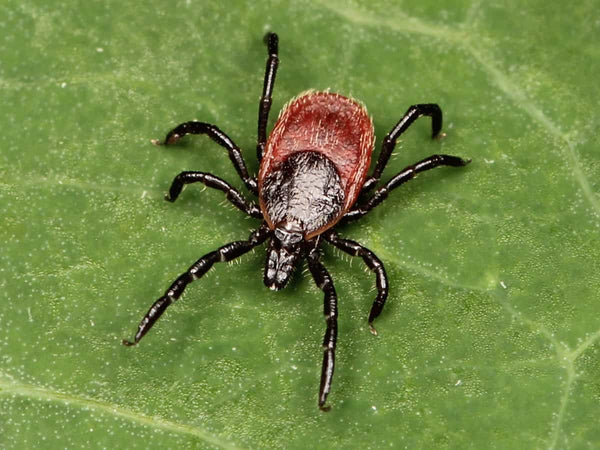Western Blacklegged Tick

Name of Tick: Western Blacklegged Tick
Danger Level: Extreme
Nicknames: No other names for this tick
Scientific Name of Tick: Ixodes pacificus
Habitat: The western United States and western Canada
Specific Habitat: Thick woodlands, in brush, and in grassy areas. They have a diverse range of habitat and can be found everywhere from dense forest to a freshly mowed backyard. The Western Blacklegged tick is commonly found in public parks. Anywhere with loose leaves or a sustained deer population is particularly at prone to being infested with the Western Blacklegged tick.
Tick Facts and Information: The Western Blacklegged tick has three life stages, larvae, nymph, and adult. Larvae hunt during the spring and summer and will attach to a host animal and feed for up to ten days before dropping off and transforming into nymphs. Nymphs can feed on a host for up to 11 days, after a blood meal they will drop off the victim and transform into adults, this process takes 30 days. Adult Western Blacklegged ticks prefer to hunt during the winter months, although they can be active year-round. A single adult female Western Blacklegged tick can lay up to 1300 eggs. Nymphs are extremely dangerous due to their tiny size; they can easily go unnoticed by a human being that they are attached to and feeding upon. The Western Blacklegged tick hunts by questing. A bite from the Western Blacklegged tick can cause debilitating disease and result in death.
Tick Color and Appearance: Adult males have a brownish black color and are oval shaped, adult females are burnt orange with a black back plate.
Size and Number of Legs: The average adult Western Blacklegged tick is 1/16 of an inch, size will vary greatly during the tick’s life cycle. Larvae have 6 legs, nymphs and adults have 8 legs.
Diseases Transmitted: Lyme disease, Anaplasmosis
Control Solution: Tick Proof Repellent
Full Scientific Classification: Kingdom: Animalia, Phylum: Arthropoda, Subphylum: Chelicerata, Class: Arachnida, Order: Ixodida, Family: Ixodidae, Genus: Ixodes, Species: I. pacificus
